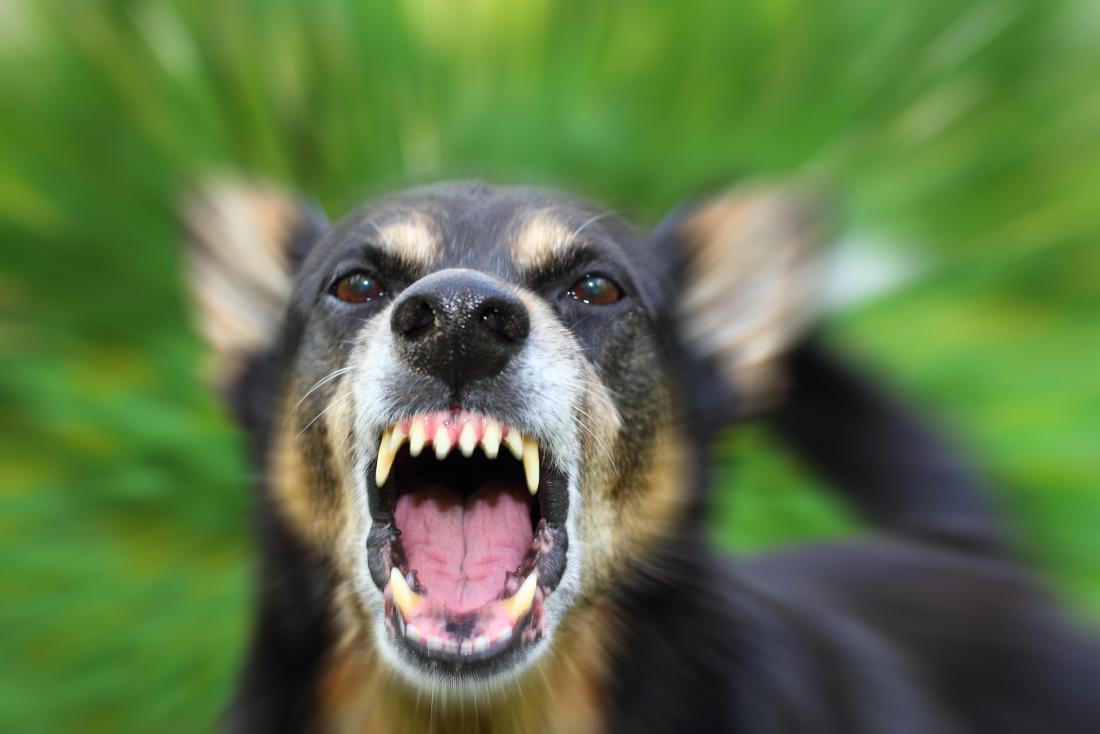News Highlight
The death of a 12-year-old girl in Pathanamthitta has sharpened the focus on the rising number of rabies cases in Kerala.
Key Takeaway
- According to data available from the State Health Department, the number of dog bite cases reported in the state has been increasing considerably.
- Kerala’s canine (dog) population has increased significantly since the 19th Livestock Census held in 2012.
Rabies
- About
- Rabies is a fatal but preventable viral disease.
- It is caused by the Rabies virus, the Lyssavirus genus, within the family Rhabdoviridae.
- It is a Ribonucleic Acid (RNA) virus.
- It can spread to people and pets if they are bitten or scratched by a rabid animal.
- The rabies virus infects the central nervous system.
- Common Vectors/ Reservoirs of Virus:
- The most common reservoir of the virus is the domestic/street dog.
- Most mammals can carry the virus and hence can cause the disease.
- Transmission:
- Rabies virus is transmitted through direct contact with an infected animal’s saliva or brain/nervous system tissue.
- It is also possible, but rare, for people to get rabies from non-bite exposures, which can include scratches, abrasions, or open wounds exposed to saliva or other potentially infectious material from a rabid animal.
- Symptoms
- Fever, headache, nausea, vomiting
- Anxiety, confusion, hyperactivity, hallucinations, insomnia.
- Difficulty swallowing.
- Excessive salivation.
- Partial paralysis.
- Vaccination:
- Post Exposure prophylaxis (PEP) consists of a dose of human rabies immune globulin (HRIG) and rabies vaccine are given on the day of the rabies exposure, and then a dose of vaccine is given again on days 3, 7, and 14.
- What animals get rabies?
- Rabies affects only mammals. Mammals are warm-blooded animals with fur. People are also mammals.
Livestock Census
- About
- The livestock census has been conducted throughout the country since 1919. Since then, it has been conducted once every five years.
- The census usually covers all domesticated animals.
- It is conducted by the Ministry of Fisheries, Animal Husbandry, and Dairy.
- Animals include:
- It covers all domesticated animals and its headcounts for a total of 16 species of animals like Cattle, Buffalo, Mithun, Yak, Sheep, Goat, Pig, Horse, Pony, Mule, Donkey, Camel, Dog, Rabbit and Elephant.
- Poultry birds (fowl, ducks, turkeys, and other poultry birds) are possessed by the households, household enterprises/non-household enterprises and institutions at their site.
- The latest census (20th):
- The Department of Animal Husbandry & Dairy, Ministry of Fisheries, Animal Husbandry and Dairy has conducted the latest, i.e., the 20th Livestock Census in 2019.
- This livestock census is a unique attempt as, for the first time, data was collected using tablet computers to digitise household-level data through online transmission from the field.
- The significant findings of the 20th census:
- The total livestock population is 536.76 million in the country, showing an increase of 4.8% over the Livestock Census 2012.
- Total Bovine population (Cattle, Buffalo, Mithun, and Yak) was 303.76 million in 2019, which shows an increase of 1.3% over the previous census.
- The total number of cattle in the country was 193.46 million in 2019, showing an increase of 1.30% over the previous Census.
- The Exotic/Crossbred and Indigenous/Non-descript cattle populations in the country are 51.36 million and 142.11 million, respectively.
- The Indigenous/Non-descript female cattle population has increased by 10% in 2019 as compared to the previous census.
PETA
- People for the Ethical Treatment of Animals (PETA) is an American animal rights non-profit organisation based in Norfolk, Virginia.
- PETA focuses its attention on the four areas in which the most significant numbers of animals suffer the most intensely for the longest periods:
- In laboratories.
- In the food industry.
- In the clothing trade.
- In the entertainment business.
- PETA works through public education, investigative news gathering and reporting, research, animal rescue, legislation, special events, celebrity involvement, and protest campaigns.
Pic Courtesy: Unicare
Content Source: The Hindu



